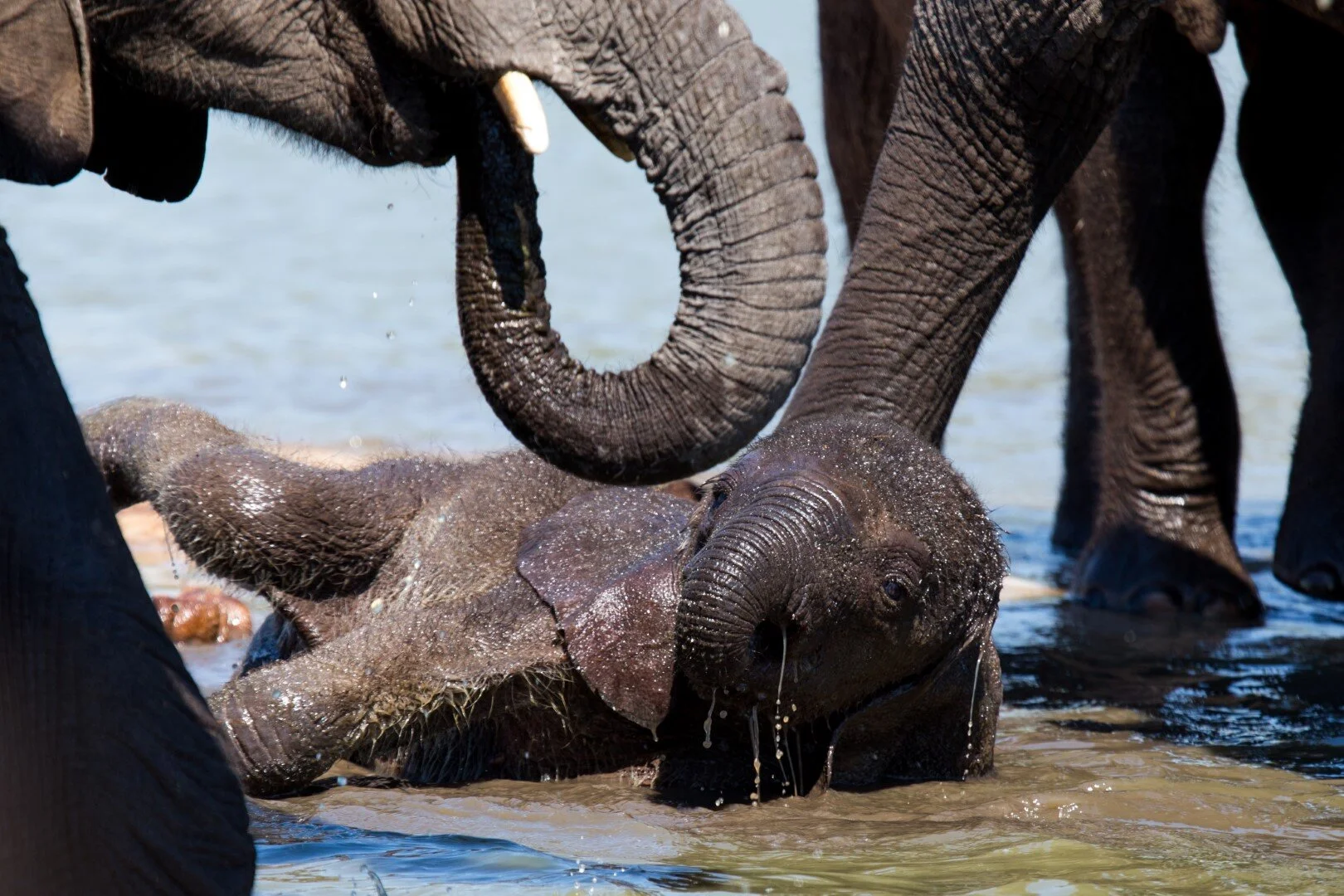Let Zim be your guide
Zimbabwe has long been a favorite destination for us at Next Adventure. I was first there as a two year old in 1981 less than a year after the country became independent. In the mid to late 90’s almost 90% of our safaris included Zimbabwe since we received so many requests for it. In the early 2000s, Zimbabwe went through a tumultuous transition politically, but continued to draw loyal safari-goers who cherished the country’s unique offerings.
I was honored to be asked to be one of the first travel professionals to take part in Wilderness Safari’s new Hwange Walking Safari, which is now offered in June, July, and August as an expertly guided small group departure on set dates. Having both traveled and lived there, my love for Zimbabwe was only rekindled during my latest exploration in November 2015 when I took a small group of select clients on an exploratory walking safari through Hwange National Park and Mana Pools National Park.
Our scouting safari was in November and it was much hotter than expected — nearly 50 degrees Celsius (that’s about 122 Fahrenheit). Due to the extreme heat, Wilderness Safaris suggested we modify our itinerary for the best experience while keeping the integrity of the walking safari.
The group trip differs slightly from my exploratory and will have no more than 7 guests (sorry no children allowed unless you book a private departure) staying at Davison’s Camp, Linkwasha Camp, and a fly camp (dome tents, mattresses, and separate shared toilet & shower facilities) in Hwange National Park’s Linkwasha concession. This is an ideal choice for those who want to feel the land under the soles of their shoes and have time to observe the daily struggle for survival of the region’s unique flora and fauna.
We flew into Harare and connected by light aircraft transfer (about 1.5 hours) to Mana Pools National Park in the Northeast of Zimbabwe. Famed for canoeing safaris and excellent walking, Mana Pools is right on the Zambezi River. We were based at Wilderness Safaris’ Ruckomechi Camp, open during the dry season (April 1-Nov 15). We loved the camp as it was but with a complete relocation and renovation for the 2016 season, it’ll be even better!
Everything at Mana Pools is focused on the Zambezi. You can paddle a canoe, ride a pontoon boat, zip along in a speed boat, cast a line for fishing, set out on foot on the shore, or explore adjacent areas by 4×4 vehicle. It was refreshing to be on the water in that heat. Our canoes held 2 or 3 people, one of whom was a guide. There were intense moments with hippos as the waters were so shallow; our skilled and confident guides handled mock charges so well that we felt safe enough to be exhilarated. There was amazing elephant and buffalo viewing along the riverbanks and dense concentrations of game on all of our activities.
On our morning walk, we rounded a corner to find an entire herd of elephant fast asleep in the shade! It was a gentle reminder that extreme heat is brutal on the wildlife, and they have to seek relief too. Sundowners were spectacular along the river, and one evening we had a very exciting encounter with a leopard. Mana Pools is everything you could want in a wilderness and so a great place to begin our safari.
We next flew to Hwange National Park. Upon arrival at Little Makalolo Camp, we immediately were impressed with our guide’s knowledge of the area. He asked us to meet him at hide in front of the camp—which is a famous spot for wildlife viewing. It was mid-afternoon and we were all wilting from the heat, but, moments after we settled into the hide, a huge breeding herd of elephant showed up. Our guide knew exactly when they would appear and how long they would stay! We gazed in awe at the babies frolicking in the water. We were so close to the elephants that we were sprayed by elephant snot—it was awesome (and a little gross)! Our game drives through the woodlands of the area were prolific, and the diversity of wildlife near the pans was remarkable. After a few days of luxury camp life, we were ready to walk!
The following morning, we set out on foot across the Linkwasha concession—with sprawling pans and wildlife great and small sharing our journey. Walking is at a moderate pace, and the day’s routing is tailored to the guests’ abilities and interests. Our expert guide, Lewis, read the landscape and interpreted local wildlife stories while we ambled. Packed lunches and siestas beneath shady trees were welcomed breaks before we arrived at our modest fly camp. The attentive staff of steward, chef and waiter catered to every need while we settled in for the evening of dinner, campfire stories and stargazing.
We finished our walk at Linkwasha Camp set amid the Ngamo Plains. The contemporary tents were a perfect end to our meander through Hwange. Despite the heat, we were able to enjoy the natural splendor of the park and see spectacular game including the rare sable antelope along the way. What clearly makes a walking safari in Zimbabwe superior to those offered in other countries is the guiding. Still collectively the finest guides on the continent in my opinion, all of our Zimbabwean guides showed a caliber of knowledge and training that are superb.
Book your walking safari to Zimbabwe and experience this guiding for yourself!






















